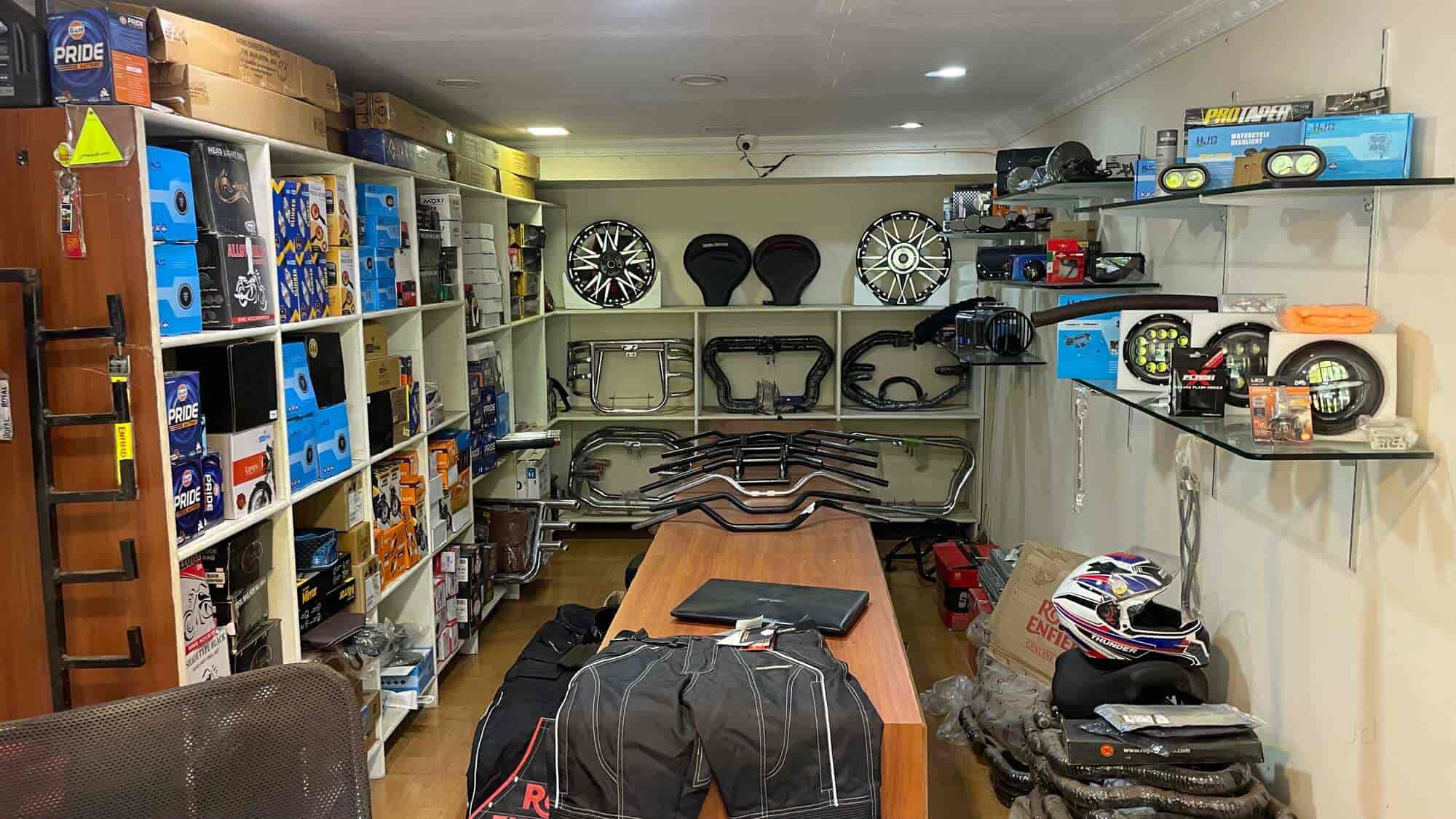Understanding Bike Gears: Just How to Maximize Your Riding Experience
In the realm of motorcycling, mastering the art of gear control is critical for improving your riding efficiency. Properly recognizing and making use of motorcycle gears can considerably impact gas, control, and acceleration efficiency, transforming a typical trip right into a seamless, exhilarating journey.
Recognizing Equipment Mechanics
How do the details of gear mechanics affect bike performance? At the core of motorbike dynamics, gear mechanics play an essential role in transforming engine power right into movement, inevitably determining speed and control. Gears, carefully crafted parts, permit cyclists to optimize torque and rate, ensuring a smooth shift through various surfaces and speeds. The gear proportions, very carefully made, establish the partnership in between engine transformations and wheel turns, affecting acceleration and gas performance.
Recognizing equipment technicians starts with acknowledging the relevance of the transmission, which houses numerous equipments of differing dimensions. These gears communicate with a procedure known as meshing, where teeth of different gears engage to send power.
Additionally, the principle of equipment shifting is important to making the most of performance. Prompt and smooth changes ensure that the engine runs within its optimal power band, preventing unnecessary strain and enhancing longevity (moto parts nz). By comprehending these mechanical intricacies, bikers can accomplish a harmonious blend of power, efficiency, and control, elevating their riding experience
Timing Your Changes
Change timing proficiency is necessary for maximizing motorbike performance and improving the riding experience. Correctly timed shifts guarantee that the engine operates within its optimal power band, which is essential for preserving control, accomplishing smooth acceleration, and guaranteeing the long life of the bike. Riders should establish an instinctive feeling of when to shift gears, which involves recognizing the relationship between engine transformations per min (RPM) and rate.
To grasp shift timing, pay close attention to the engine's audio and really feel, as these give crucial hints about when to change gears. The perfect change factor normally happens when the engine approaches the top variety of its power band without getting to the redline. Changing as well early can cause an absence of power, while shifting also late might trigger unneeded engine strain
Furthermore, roadway problems and riding style impact shift timing. In comparison, during freeway riding, less changes at higher speeds can be more proper.
Enhancing Fuel Effectiveness
While understanding motorcycle equipments is vital for performance, enhancing gas performance is equally crucial for both financial and ecological factors. Optimum gas intake not just lowers functional prices yet additionally decreases the eco-friendly impact of riding. To attain this, one need to recognize the complex partnership in between gear choice and engine performance.
Riding in a higher equipment at lower speeds can lead to engine lugging, which is destructive to both gas economic climate and engine health and wellness. Conversely, riding in lower equipments at high rates results in unnecessary fuel consumption.
Additionally, normal upkeep plays a crucial duty in gas effectiveness. Making certain that the motorcycle is well-tuned, with tidy air filters and properly pumped up tires, can lower and improve the rules of aerodynamics fuel wastefulness. Embracing a riding design that embraces progressive velocity and smooth deceleration can add to far better fuel economic situation.

Techniques for Smooth Transitions
Attaining smooth equipment transitions is basic to improving the riding experience and making certain the longevity of a motorbike's transmission system. Correct gear moving not just contributes to a smooth ride but likewise decreases wear and tear on the mechanical components. To grasp the art of smooth changes, riders should concentrate on a couple of vital methods.

Second of all, clutch control plays an essential duty. Involving and disengaging the clutch efficiently requires practice. The clutch bar must be released gradually, enabling for a seamless transfer of power from the engine to the wheels without triggering a shock or sudden movement.

Adapting to Roadway Conditions
Navigating varied road conditions is an important skill for any type of motorcyclist aiming to keep control and security. Whether you're riding on wet surface areas, gravel roads, or navigating doglegs, your capability to adapt your gear usage and riding technique is extremely important. Comprehending just how to adjust your gears suitably can considerably influence grip and stability, guaranteeing a safer journey.
In comparison, when riding on crushed motorcycle helmets near me rock or irregular terrain, lower gears are more effective. Lower equipments give far better control and permit you to respond more quickly to unanticipated modifications in the road surface area.
Sharp curves demand specific equipment administration to balance speed and control. Downshifting prior to going into a curve can help keep momentum while guaranteeing the motorbike remains secure throughout the turn. Constant technique in diverse problems enhances your ability to respond and predict to modifications in road structure and incline.
Verdict
Grasping bike equipments significantly enhances the riding experience by improving velocity, gas, and control performance. Adapting gear selection to numerous road problems, such as making use of higher equipments on damp surface areas and reduced equipments on gravel, additional enhances handling and security.
Understanding gear mechanics begins with identifying the value of the transmission, which houses numerous equipments of varying dimensions. These gears connect with a process recognized as meshing, where teeth of different equipments involve to send power (motorcycle shop). Mild adjustments to the throttle throughout gear shifts can prevent jerky motions and maintain a constant riding rate
Whether you're riding on damp surfaces, crushed rock roadways, or navigating sharp turns, your capability to adapt your gear use and riding method is extremely important. Adapting gear choice to different road problems, such as making use of higher equipments on damp surface areas and reduced equipments on crushed rock, more improves handling and security.